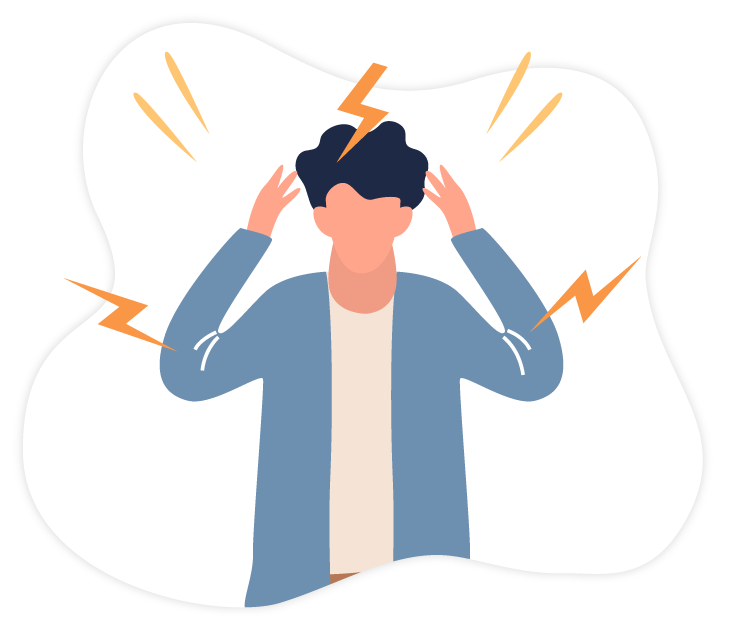I Suffer From Occipital Neuralgia
Occipital Neuralgia Treatment
Occipital Neuralgia is a painful condition caused by irritation or compression of the occipital nerves, leading to sharp, throbbing, or electric-shock-like pain in the upper neck, back of the head, and behind the ears. For some, occipital neuralgia pain can extend to the forehead, behind the eyes, or into the scalp. This condition often affects one side of the head, though in some cases, it may occur on both.
At Sydney Headache and Migraine Clinic™, our experienced clinicians regularly treat occipital neuralgia and use targeted techniques to assess whether dysfunction in the cervical spine or a sensitised brainstem is contributing to your symptoms. Our focus is on addressing the root cause of occipital neuralgia pain rather than simply masking symptoms.
Once treatment begins, we expect to see significant improvement in 90% of our patients within the first five consultations. Our approach is non-invasive, medication-free, and designed to relieve pain and restore quality of life. Book an appointment today to learn more about our evidence-based occipital neuralgia treatment options.







